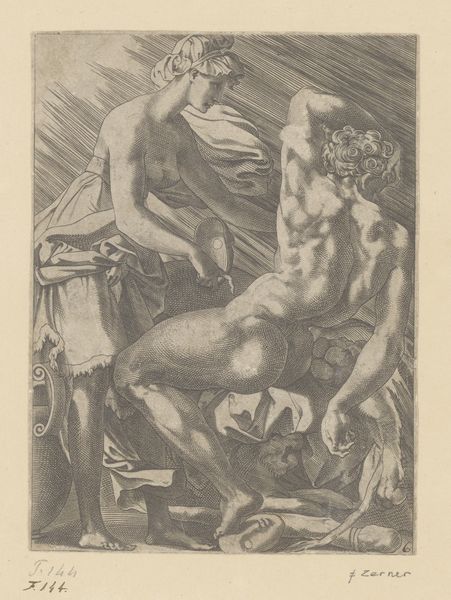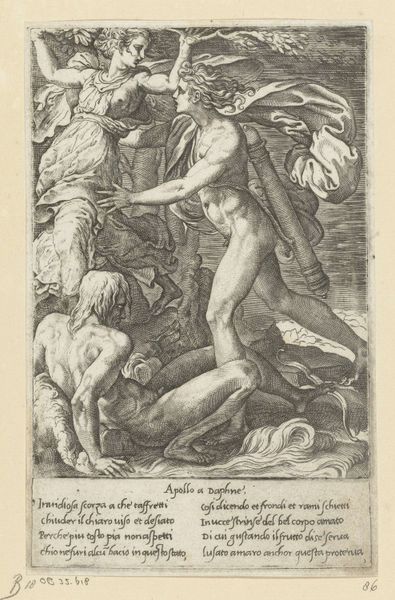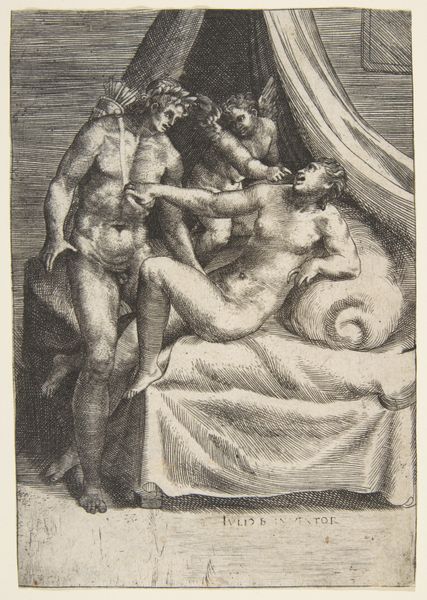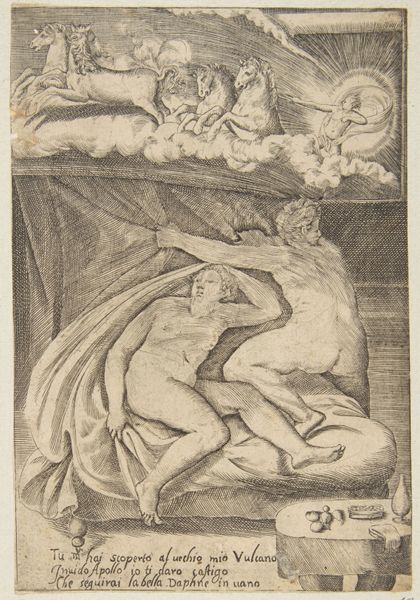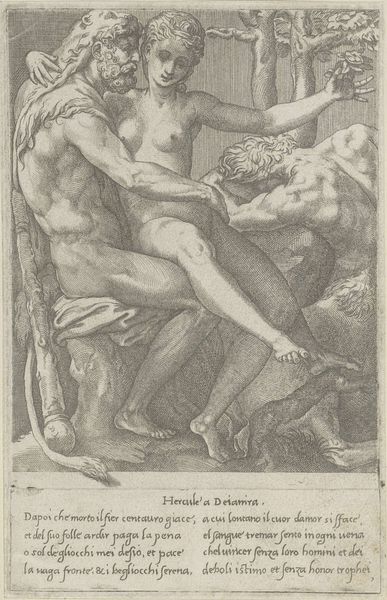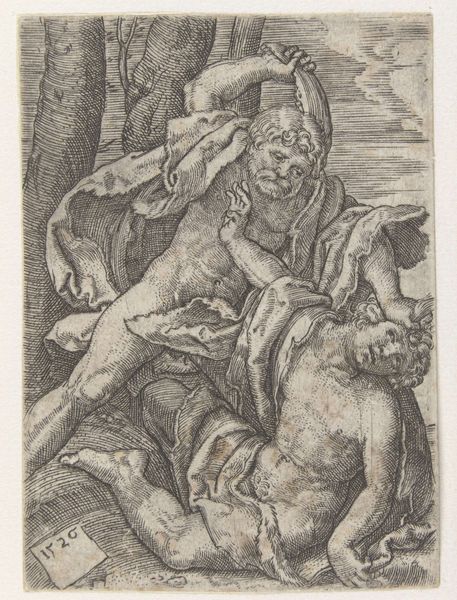
drawing, charcoal
#
drawing
#
allegory
#
baroque
#
charcoal drawing
#
charcoal art
#
vanitas
#
charcoal
#
history-painting
#
charcoal
#
nude
Dimensions: height 232 mm, width 189 mm
Copyright: Rijks Museum: Open Domain
Curator: This charcoal drawing, "Allegory on Transience," or "Vanitas," was created around 1745 by Johannes de Groot the Younger. The work currently resides here at the Rijksmuseum. What are your initial impressions? Editor: Darkly melancholic, wouldn't you say? The hazy charcoal application gives everything a fleeting, almost ghostlike presence. I see these figures swirling amidst symbols that suggest time slipping away, it has quite a strong, unified impact through the careful orchestration of light and shadow. Curator: Precisely! De Groot utilizes charcoal, a readily accessible material. Think of the socio-economic implications, enabling broader artistic expression beyond the elite. How does the medium inform the reading of transience here? Charcoal itself is fragile, ephemeral… Editor: Its inherent softness really allows for these incredibly subtle gradations of tone, these blurred outlines. Observe the play of light across the skin of these figures, especially the reclining cherub. Charcoal as the medium is paramount here to achieve that delicacy, to reinforce that notion of fleeting beauty. Curator: Right, and considering this work engages in the “vanitas” tradition, which typically comments on the vanity of worldly pleasures, the bubbles are the epitome of material pleasure being literally empty. Who in De Groot’s social class might engage in “bubble blowing”? Are these characters symbols of their leisure time? Editor: That bubble detail, rendered with such delicate circular strokes... It creates such a contrast with the weightier, more defined urn and skull. These stark contrasts speak volumes. Note the careful arrangement of all of these different elements—it has to come together to mean something. Curator: Considering the Baroque’s love for elaborate compositions, there’s a conscious layering happening. How can the context of a society engaged in global trade and consumption during this era reframe what is shown here? The skulls, parrots, urns; they’re commodities themselves! Editor: I concur! Each choice seems deliberately orchestrated to point us toward its central theme: decay and beauty and the way those themes constantly dance with each other. So much captured in seemingly fleeting gestures within this artwork! Curator: Ultimately, De Groot encourages us to consider the fleeting nature of material things. This goes beyond mere artistry; it critiques its consumption, doesn’t it? Editor: And what remains are really impactful moments of clarity and vision which come down to De Groot being adept at employing a range of techniques to realize these visual effects through a combination of composition and mastery of the chosen medium.
Comments
No comments
Be the first to comment and join the conversation on the ultimate creative platform.



